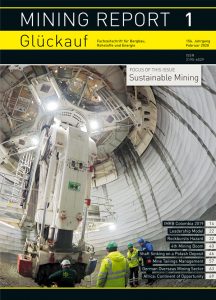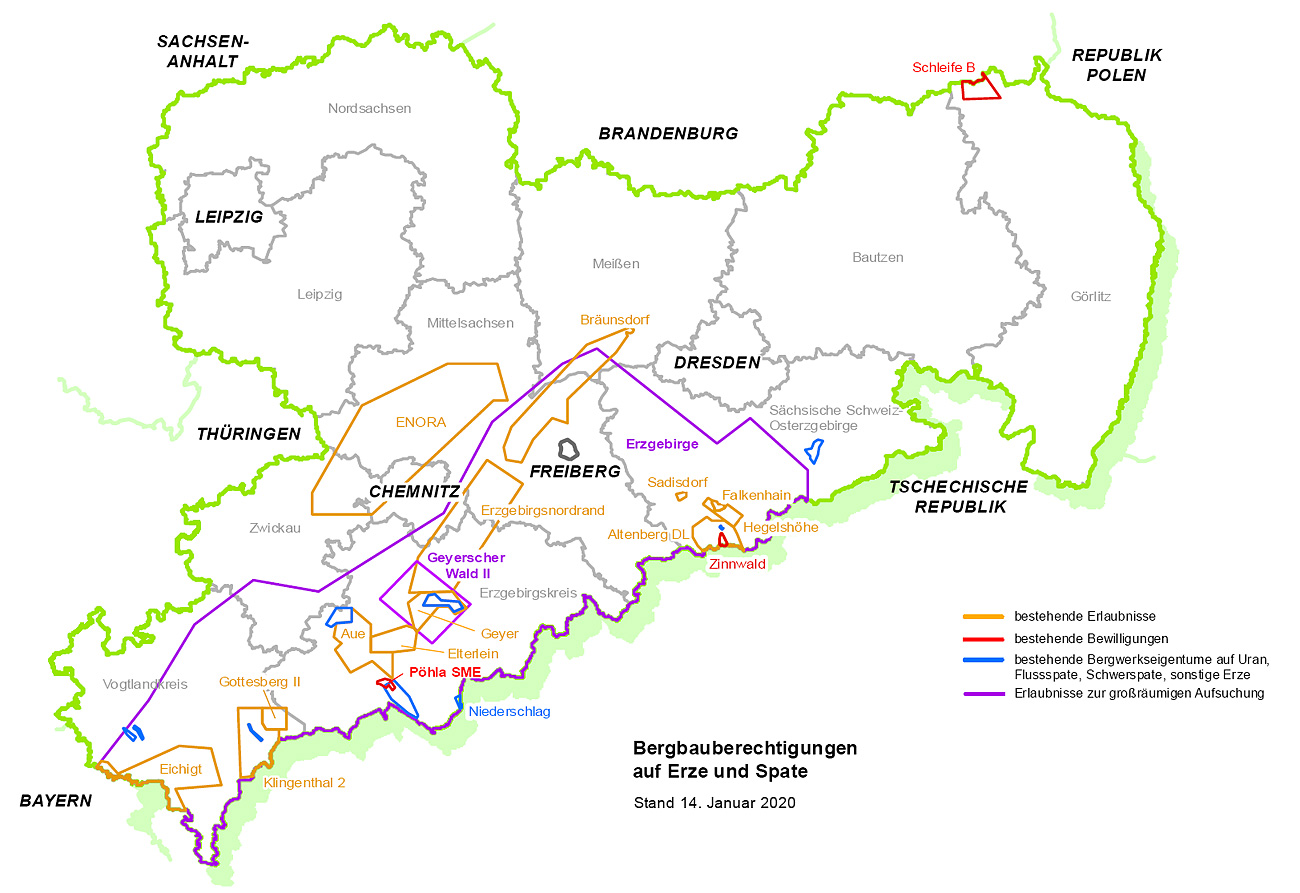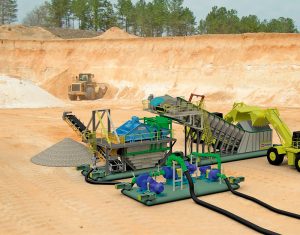Smart mining, sustainability and Mining 4.0 – these are all concepts that everyone in the industry has been talking about in recent years in connection with raw materials production. What is meant and aimed at here is a mining industry that no longer poses a risk for the life and health of its workforce, one that is environmentally friendly and takes account of the concerns and interests of the public at large, and especially local residents. At the same time, of course, it has to be commercially viable, which is a fairly challenging task if only in terms of the volatility of the commodity markets. In this context everyone involved – and that means not just the mine operators but the broader public too – needs to be aware of the fact that there is no such thing as absolute certainty, either in the mining industry or …Read more
With my best regards // Mit freundlichem Glückauf
Dipl.-Ing. Andreas-Peter Sitte
Chief Editor Mining Report Glückauf, Essen
A 4.0D Leadership Model for Mining and Related Industries in the Context of the 4th Industrial Revolution
The mining industry of the 21st century needs a new kind of leader as certain leadership styles currently employed in South Africa are not sustainable. This paper explores the historical leadership styles that are now outdated (with specific reference to the South African mining industry, but in many ways also applicable to other countries) and proposes a different approach in dealing with future leadership-related challenges. One of the main aims among others, is therefore to start a broader discussion pertaining to the proposed new model that is discussed in this paper. Questions are postulated to explore leadership that can balance the leadership styles of the past – business acumen with technical capability on the one hand, and personality on the other hand – with increased intuitive discretion, a “feel” for people and the future, and the ability to deal with complexity and to make timeous decisions. Also to build organisational and industry resilience through the leadership characteristics identified.Authors: Dr. Johann Uys and Prof. Ronny Webber-Youngman, PhD, Department of Mining Engineering, University of Pretoria, Pretoria/South Africa
Read moreAssessment and Prevention of Rockbursts Hazard in Polish Hard Coal Mines
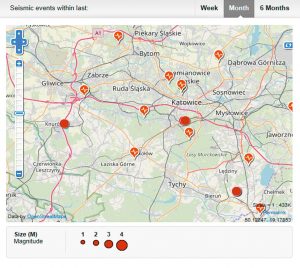
Fig. 2. Distribution of USRSN (orange marker) stations and tremors registered in March 2019 (red circle) (11).
Authors: Prof. Dr. Violetta Sokoła-Szewioła, Prof. Dr. Jan Palarski, Silesian University of Technology, Gliwice/Poland
Read moreNew Mines in an old Mining District – Opportunities and Challenges of the 4th Mining Boom in the Ore Mountains Region
With the end of 2018 and the closure of the last two collieries, industrial hard coal mining in Germany came to an end. Unknown to most, at the same time metal ore mining in the Eastern part of Germany is booming again, with a large number of metal mining projects in different stages of realization and some mines even under construction. This article gives not only an overview over the current situation – 4th mining boom („4. Berggeschrey“) – but focusses on the tasks and challenges of setting up new mines in a densely populated and highly industrialized country in the heart of Europe like staffing, mechanization and automation, health and safety, environmental protection, and the minimization of the ecological footprint.Authors: Prof. Dr.-Ing. Helmut Mischo, Technical University (TU) Bergakademie Freiberg, Freiberg/Germany, Prof. Dr. Bernhard Cramer, Sächsisches Oberbergamt, Freiberg/Germany
Read moreSinking of two Shafts on a Potash Deposit in Belarus with the most recent Shaft Boring Roadheaders: Conceptual Design and First Practical Experiences
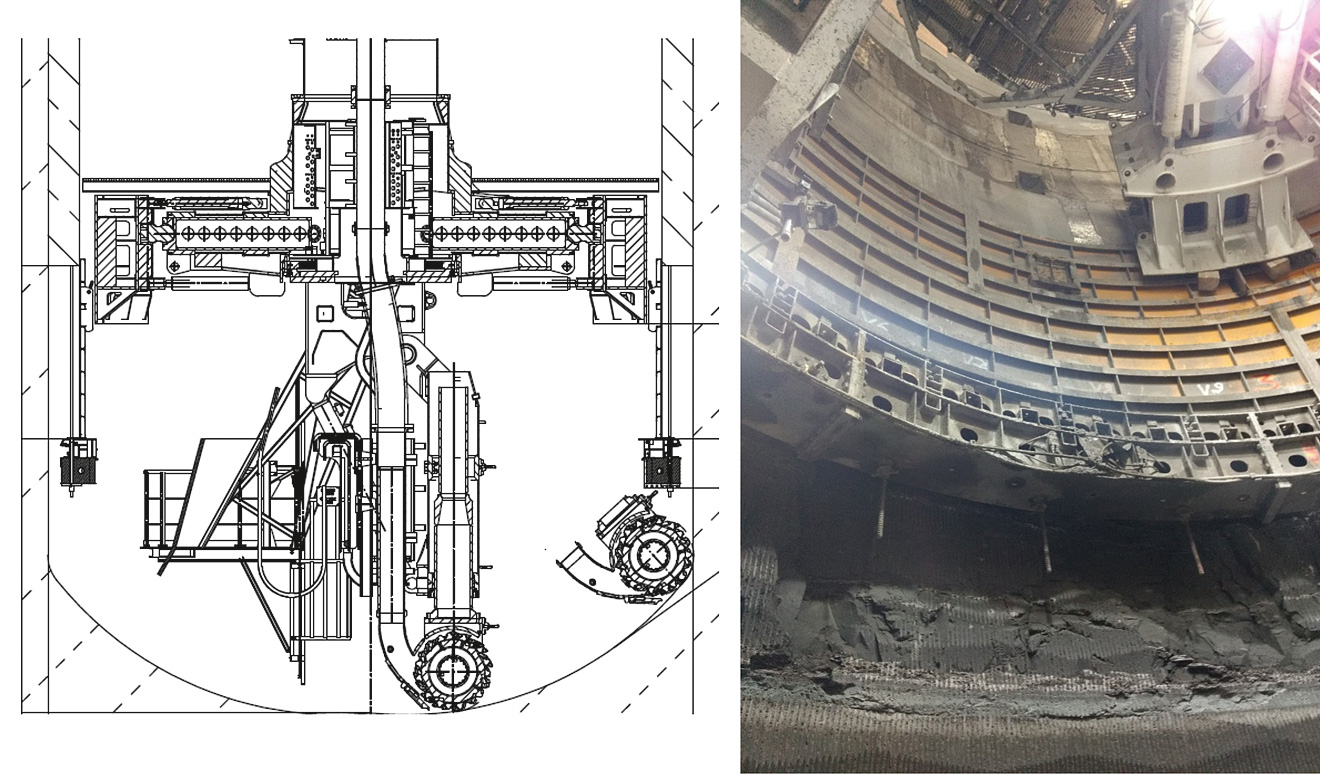
Fig. 12. Decision made: Trimming the concrete form for its new position close to the face. // Bild 12. Entscheidung: Schalung nahe zur Sohle und Schalung verkürzt. Source/Quelle: Redpath Deilmann
Author: Dipl.-Ing. Thomas Ahlbrecht, Redpath Deilmann GmbH, Dortmund/Germany
Read moreMine Tailings Management: Integrated Solutions for Re-Handling and Re-Processing
Tailings deposits are found everywhere in the world that has ongoing or legacy mining activity. These man-made deposits present both a challenge and can represent an interesting economic value source, if the still interesting constituents of such tailings resources can be economically and effectively recovered. The value of such deposits has only recently become increasingly of interest, and is based on the realization that many tailings facilities hold mineral grades comparable with competing virgin deposits and/or minerals, particularly in cases where virgin ore quality is deteriorating caused by factors like grades and/or liberation particle sizes.Authors: Ir. Henk van Muijen, Dr.-Ing. Tobias Vraetz, IHC Mining & Tunnelling, Kinderdijk/Netherlands
Read moreThe German Overseas Mining Sector and its Future Prospects
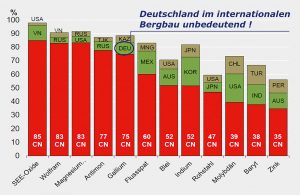
Fig. 1. Top 3 producer countries in the global raw materials sector. // Bild 1. Top 3-Länderanteil an der weltweiten Rohstoffproduktion. Source/Quelle: DERA
Author: Dr.-Ing. Martin Wedig, Fachvereinigung Auslandsbergbau (FAB) in der Vereinigung Rohstoffe und Bergbau (VRB) e. V., Berlin/Germany
Read moreAfrica: A Continent of Opportunity for Raw Materials Recovery
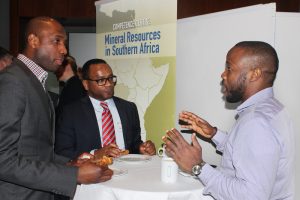
Fig. 1. Mining in Africa will play a key role in the necessary development and growth of the African economy. // Bild 1. Der Bergbau in Afrika wird eine Schlüsselrolle in der notwendigen Entwicklung und dem Aufstieg der afrikanischen Wirtschaft spielen. Photo/Foto: FAB
Author: Dr.-Ing. Martin Wedig, Fachvereinigung Auslandsbergbau (FAB) in der Vereinigung Rohstoffe und Bergbau (VRB) e. V., Berlin/Germany
Read more